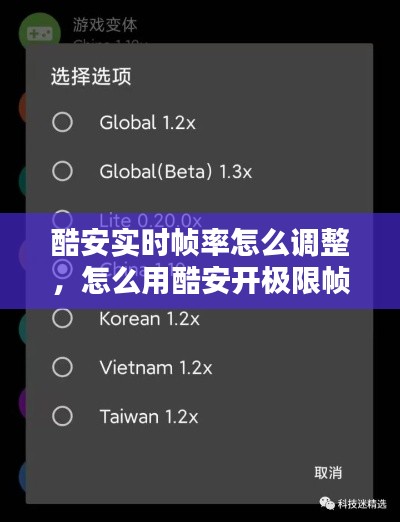Introduction to Real-Time Translation Software
In our increasingly globalized world, communication across languages has become more important than ever. Real-time translation software has emerged as a powerful tool that allows individuals and businesses to bridge language barriers effortlessly. This article explores the concept of real-time translation software, its benefits, and how it can enhance cross-cultural interactions.
How Real-Time Translation Works
Real-time translation software utilizes advanced algorithms and artificial intelligence to translate spoken or written language instantaneously. These tools typically work by capturing audio or text input, processing it through a translation engine, and then providing the translated output in real-time. This technology has revolutionized the way we communicate, making it possible to engage in conversations with people from different linguistic backgrounds without any delay.
Types of Real-Time Translation Software
There are various types of real-time translation software available, each designed to cater to different needs. Here are some of the most common types:
Speech-to-Speech Translation: This type of software translates spoken language in real-time, allowing users to have conversations with people who speak different languages.
Text-to-Text Translation: This software translates written text, such as emails, documents, or social media posts, into different languages instantly.
Machine Translation: This is a broad term that encompasses both speech-to-speech and text-to-text translation, as well as other forms of translation technology.
Benefits of Real-Time Translation Software
Real-time translation software offers numerous benefits, including:
Enhanced Communication: It breaks down language barriers, enabling people from different cultures to communicate more effectively.
Increased Productivity: Businesses can conduct international meetings, negotiations, and collaborations without the need for interpreters, saving time and resources.
Improved Accessibility: Individuals with language disabilities can access information and services in their native language, enhancing their overall experience.
Global Expansion: Companies can expand their reach into new markets by offering products and services in multiple languages.
Popular Real-Time Translation Tools
Several real-time translation tools have gained popularity over the years. Here are a few notable examples:
Google Translate: One of the most widely used translation services, offering both text and speech-to-speech translation in over 100 languages.
Microsoft Translator: This tool provides real-time translation for text, speech, and images, and is available across various platforms, including mobile devices and web browsers.
DeepL Translator: Known for its high-quality translations, DeepL offers both text and speech translation services.
IBM Watson Language Translator: This AI-powered tool offers real-time translation for text, speech, and images, and is used by businesses and organizations worldwide.
Challenges and Limitations
While real-time translation software has made significant advancements, it still faces certain challenges and limitations:
Accuracy: Machine translations can sometimes be inaccurate, especially for languages with complex grammar and idiomatic expressions.
Contextual Understanding: Real-time translation tools may struggle to understand the context of a conversation, leading to misinterpretations.
Privacy Concerns: Some users have raised concerns about the privacy implications of using real-time translation software, particularly when it comes to speech-to-speech translation.
Future of Real-Time Translation
The future of real-time translation software looks promising. As technology continues to advance, we can expect the following developments:
Improved Accuracy: Advances in artificial intelligence and machine learning will likely lead to more accurate translations.
Broader Language Support: Real-time translation tools will likely expand their support for more languages and dialects.
Enhanced User Experience: Developers will focus on improving the user interface and making the translation process more seamless.
转载请注明来自青州金山泉水处理设备有限公司,本文标题:《实时查看的英文翻译软件,实时查看的英文翻译软件有哪些 》















 鲁ICP备18013447号-2
鲁ICP备18013447号-2